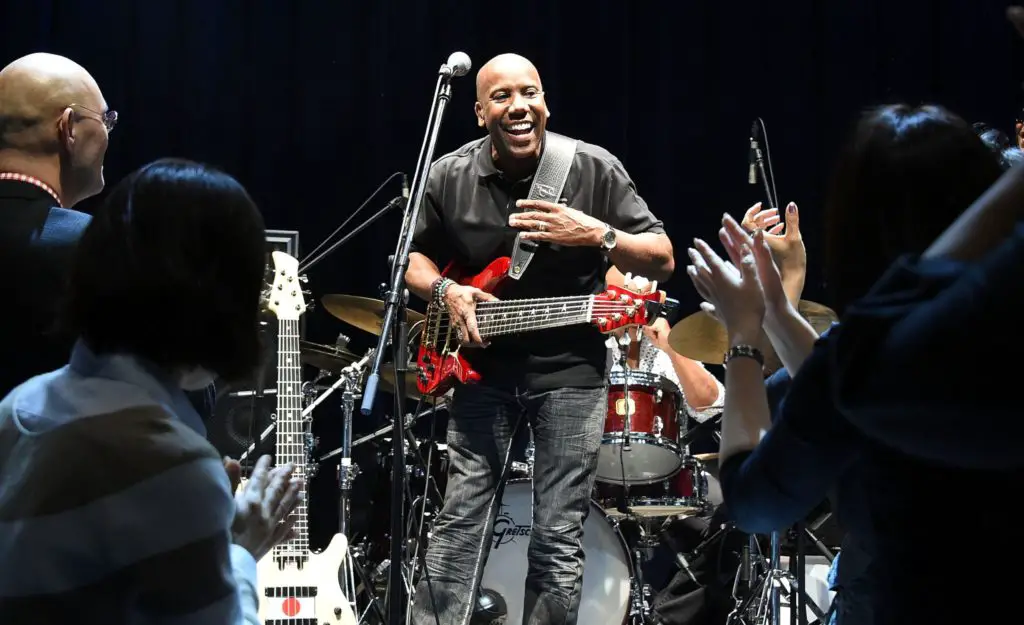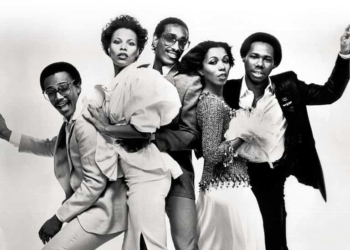Nathan East has played a crucial role in preserving the rich groove tradition established by studio bassists, but he has also elevated the standard for bass solos. His distinctive proficiency in blues and bebop-influenced improvisation has resulted in unexpected solo opportunities in diverse musical genres such as pop, rock, and R&B. A notable instance is his iconic solo in the song “Our Love” from Al Jarreau’s 1985 concert video, “Al Jarreau Live in London.”
East’s melodious 16-bar solo, showcased in frequent cable and PBS broadcasts of the Live in London video, has inspired many band leaders to incorporate bass solos in pop ballads. Describing the unique addition to the show, East, who played a Yamaha BB3000 5-string, mentioned, “Al loved the offbeat nature of having the bass guitar play a solo in the middle of his ballad, so it became an established part of the show.”
Despite knowing he was recording the Live in London album and video that night, East approached the solo without a preconceived plan, focusing on tasteful expression. Highlighting the song’s complex II-V chord changes, East emphasized his goal of showcasing that bass players can navigate changes like horn players or guitarists, expressing, “If you listen to truly great soloists isolated from their accompaniment, you can hear the changes through the notes they play. I tried to keep that in mind.”

In the initial phase of the solo, East employs ascending and descending arpeggios to articulate his first theme within a lll-VI-II-V chord progression, transitioning between A major, Gb major, and F# minor. The seamless connection of these key centers with common tones gives the solo its fluidity. Repetitive three-note figures and rhythmic motions tie together the progression, leading to pivotal moments with descending triplets and a rapid ascending Bmaj7 arpeggio.
Returning to the original F#m7 theme with slight variations on the next pickup, East employs a slowed-down meter and high note choices to build the solo’s climax. The solo concludes on a held E as East smoothly reintegrates into the bassline, setting the stage for the return of the lead vocal.
Nathan East explaining what makes bass solos great
A key element of East’s melodic approach is his tendency to sing what he plays internally or in a soft voice, a technique commonly used by jazz soloists. Advocating for a heartfelt connection to the music, East advises fellow bassists to practice away from the instrument by singing, emphasizing that true emotional resonance with the music is essential for moving the listener. Sincerity, he asserts, is paramount – if you mean it, it works.





